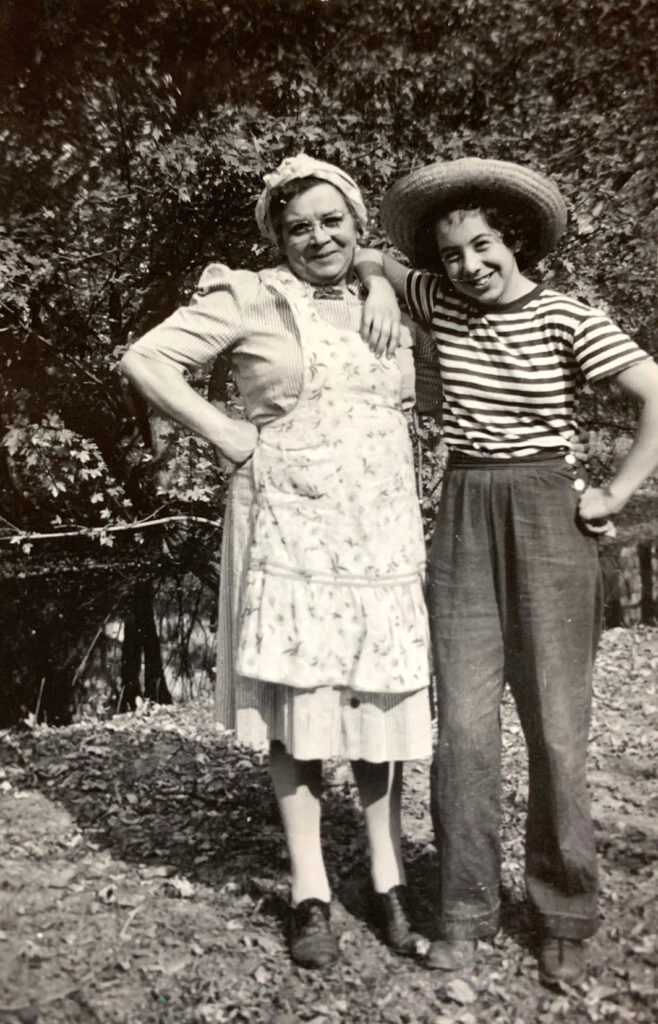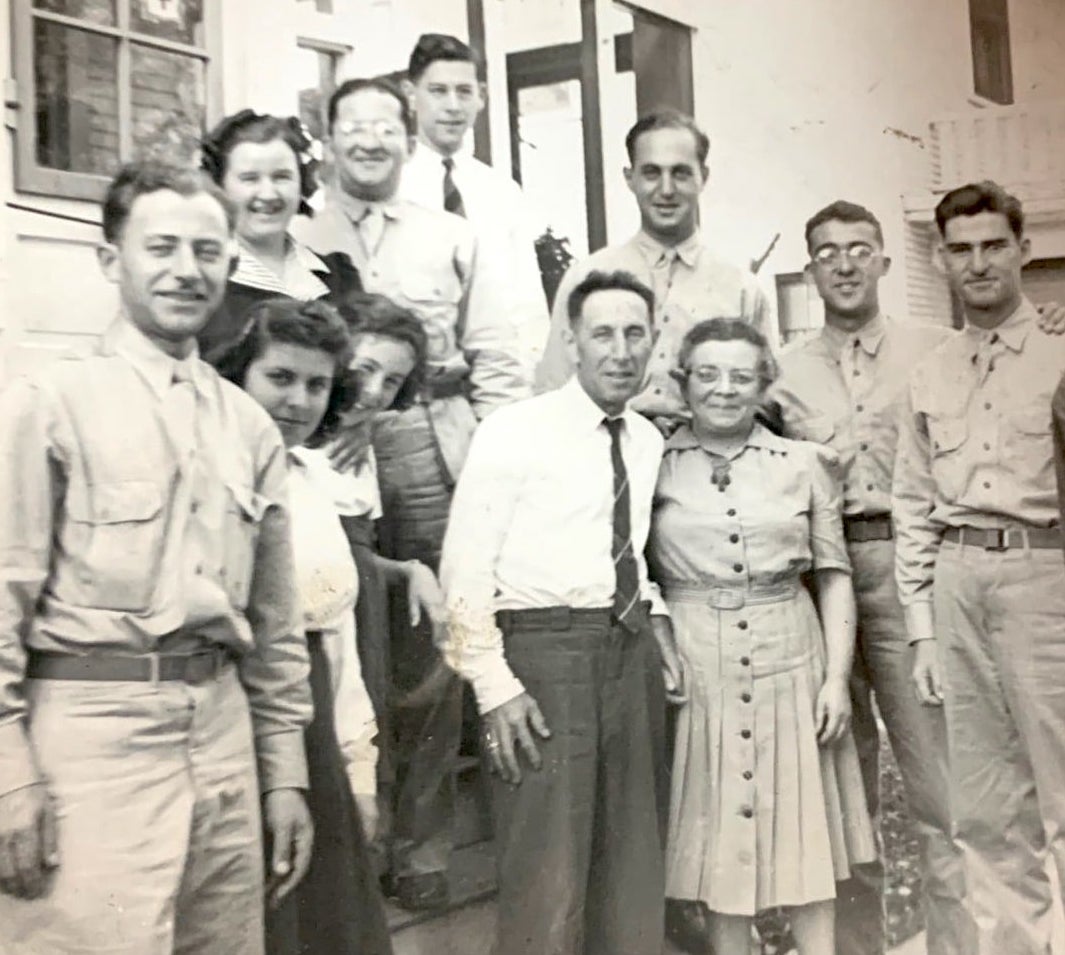Jewish Women in the Upper Midwest
Background
Four generations of Jewish women settled in the upper Midwest, on the prairie and in the small towns of North and South Dakota, northern Iowa, Minnesota and northern Wisconsin. Their stories are told in a fascinating book entitled “And Prarie Dogs Weren’t Kosher” by Linda Mack Schloff. Published in 1996, the book was a gift to my mother from her younger sister, Sylvia. Their hometown of Sioux Falls, South Dakota, is mentioned numerous times.
German Jews began emigrating to the United States in the mid-1840s. Eastern European Jewish immigration to the U.S. began in the 1880s. Pogroms, lack of opportunity and harsh restrictions contributed to this mass exit. Between the 1880s and the mid-1920s, 1½ million Eastern European Jews came to the U.S.
As hard as it was for men to leave their homelands, Jewish women faced greater hardships. Due to traditional family roles, they were responsible for the physical move of the family. Possessions were put in bundles; no one had luggage. Precious items were probably left behind while others, such as candlesticks and menorahs, were lovingly packed. Many times, families were split, with different members staying behind in the Old Country. Kosher food was not an option in steerage. Therefore, the women were responsible for providing food for their families during the long journey across the Atlantic Ocean.
Upon arrival and travel to the sparsely populated Upper Midwest, these women created Jewish homes, found jobs, ran businesses, farmed and established Jewish institutions. They created new roles outside of their homes that turned them into middle-class Jewish Americans.
Grandma
My maternal grandmother, Goldie Halperin Koplow, was one of these women. Grandpa Nathan brought her and her sister to the U.S. from Russia after World War I. I don’t know much about her life in Europe. The family was in business and better off than many. The war, however, took its toll, including the death of my grandmother’s brother.
Grandpa brought Grandma to the thriving town of Sioux Falls, South Dakota. He had settled there, along with two of his brothers. The men were the breadwinners and established a number of successful and not so successful businesses. Grandma’s role was to be a wife, mother and helpmate. Grandpa was active in both Jewish and secular institutions. Grandma was happy to be his behind-the-scenes support.
Keeping kosher
Keeping kosher was problematic for Jewish women in these small towns. Grandma, too, faced that challenge. Sioux City, Iowa, which is 70 miles away, had a kosher butcher. Grandma would phone in her order. Eventually, it arrived on the bus from Sioux City to Sioux Falls. If she was lucky, the items were not spoiled, and the butcher fulfilled her order as requested. If not, she took it anyway! I recall stopping at this butcher shop one summer on our way to visit my grandparents. The selection of meat and chicken was minimal.
Mom told us a story once about their “pet” lamb. It lived in the backyard for a few days or maybe a few weeks. She wasn’t specific. One day, their little lamb was served for dinner! Most likely, a schochet (ritual slaughterer) passed through town. Finally, an opportunity for the Jews of Sioux Falls to have fresh kosher meat and chicken!
Dad, a New Jersey boy, met Mom when he was a GI stationed at Sioux Falls during World War II. He was impressed with the warmth and hospitality of the Koplow family, as well as the other Jewish citizens in town. (In fact, I remember him saying many times that he would have liked to live in Sioux Falls after the war. Instead, he and Mom ended up on the East Coast. Personally, I think Mom was happy to be in a milder climate! Winters in South Dakota are harsh.)
The farm
My grandparents also had a “farm.” They lived in town, but Grandpa had bought land outside of the city limits. While the majority of the farm was leased to a farmer, Grandma grew vegetables there as well as in the backyard at home.
“And Prairie Dogs Weren’t Kosher” includes two photos of the Jewish women of Sioux Falls. Grandma Goldie is in both photos (more on that below). The first shows Seder preparations made by the local Hadassah chapter for the servicemen at the airbase. My Aunt Sylvia is on the far right and Grandma is fourth from the right (p. 218).
The second photo, dated circa 1950, is of the women’s auxiliary of B’nai Israel Congregation of Sioux Falls preparing a synagogue dinner (p. 168). Grandma is the second woman on the left. Aunt Sylvia stands nearby. However, a couple of years ago, Aunt Sylvia swore that the woman in the picture was not her mother. Why? Because the woman, who looks just like Grandma, is standing next to her sister-in-law, whom she couldn’t stand! My aunt is still pretty sharp, but I doubt that the small town of Sioux Falls, South Dakota had two women who looked exactly alike! I know it’s Grandma in that photo.
To sum it up, isn’t it remarkable that Jewish women in these small towns created, out of nothing, warm and vibrant communities?

Read more by Eileen Creeger.


As usual, I love reading these stories about the family!
Great family history, a wonderful legacy for the next generations.
What a wonderful origin story! As we have become more spread out with successive generations, I think it’s really important to share these. L’dor va d’or!